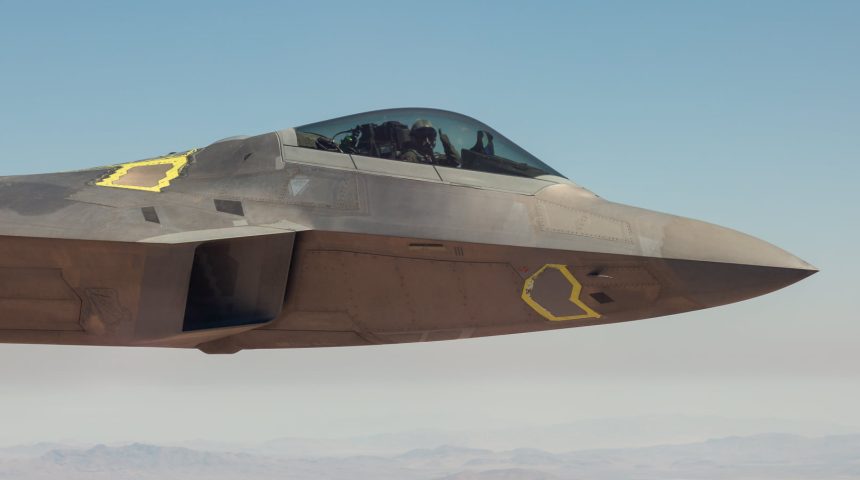The photos show the F-22A Raptor stealth aircraft during everyday activities over the Mojave Desert.
As you may know, Edwards Air Force Base is the second largest base in the U.S. Air Force and the home of the 412th Test Wing, where all weapon systems and aircraft are tested and evaluated. Among the aircraft tested there we find the F-22 Raptor, the first 5th generation stealth aircraft, assigned to the 411th Flight Test Squadron and F-22 Combined Test Force.
The F-22 CTF uses several Raptors, including the two oldest jets still flying, in support of the almost continuous F-22 fleet modernization programs to keep the aircraft always updated 23 years after the first flight. The latest of these programs is the Advanced Raptor Enhancement and Sustainment (ARES) contract that the Air Force is about to award Lockheed Martin as follow-on of the Raptor Enhancement, Development, and Integration II (REDI II) contract. The CTF released photos of their everyday activity, some of which you can find here in this article.
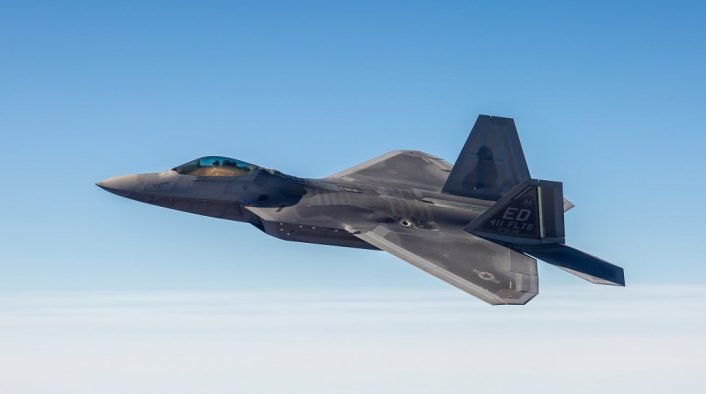
In the released photos, there are some interesting details. The RAM (Radar Absorbing Material) skin of the Raptor appears to have some less scratches than the photos seen earlier this year. The yellow panel borders are parts of the airframes where Low Observability has not been applied after repairs. Moreover, a new low-visibility nose art below the right-hand side’s canopy rail can be seen in one of the photos. The nose art seems to be related to poker, with the spades seed and the writings “deuce” and “trey”, a reference to “Ace, Deuce, Trey”, the poker slang for the numbers one, two and three. Another detail, that can’t be found on operational F-22, is the presence of the black and white markings, technically known as fiducial markers, used to identify parameters of the aircraft from known points on the airframe while analyzing photos and videos.
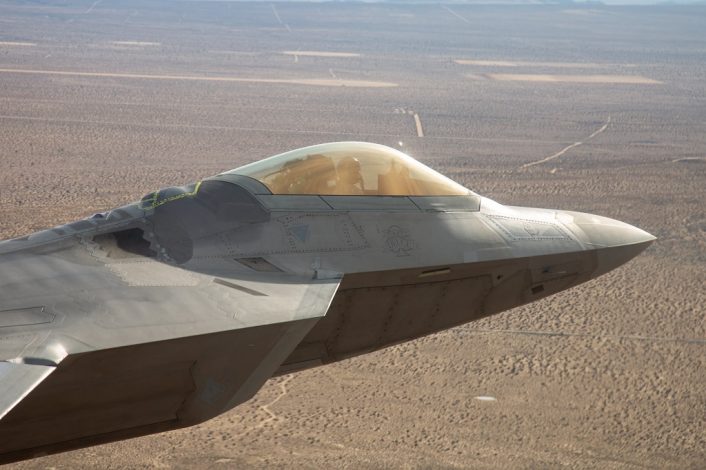
The COVID-19 pandemic did not slow down the Raptor’s flight activity this year, with the CTF even integrating the rapid crew swap to overcome the limitations imposed to reduce the virus’ spread. This concept was first introduced in 2018 at Tyndall AFB and later spread to the entire F-22 fleet.
In a rapid crew swap, an aircraft is launched, completes its mission and upon returning to base the pilot is quickly changed. As the pilots are changing out maintenance personnel refuel and complete expedited checks before immediately launching the aircraft for another mission. Incorporating rapid crew swaps can reduce the time it takes to generate a new sortie by up to two hours, greatly increasing the amount of time aircraft mechanics have to maintain unique, one-of-a-kind test assets as well as how many missions these aircraft can fly in a limited window.
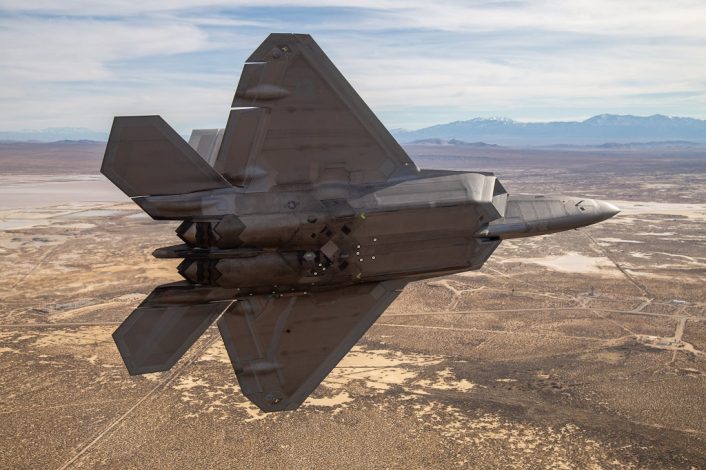
Another experimental activity in progress at the F-22 CTF is the integration of the Common Range Integrated Instrumentation System (CRIIS), a tri-service Test and Evaluation range system designed to replace the aging Advanced Range Data System (ARDS). The CRIIS system can downlink and relay aircraft Time-Space-Position Information (TSPI), as well as other aircraft data, to a test range ground station, enabling F-22 flight testing for the foreseeable future.
The F-22 CTF is also testing the new Update 6, a software-only Operational Flight Program (OFP) effort to update the aircraft KOV-20 cryptographic module with an F-22A cryptographic architecture change to accommodate multiple, simultaneous algorithms for Link 16 datalink interoperability and secure ultrahigh frequency radio communications. Update 6 is also intended to incorporate deferred software corrections carried over from Increment 3.2B developmental testing and should be fielded soon.
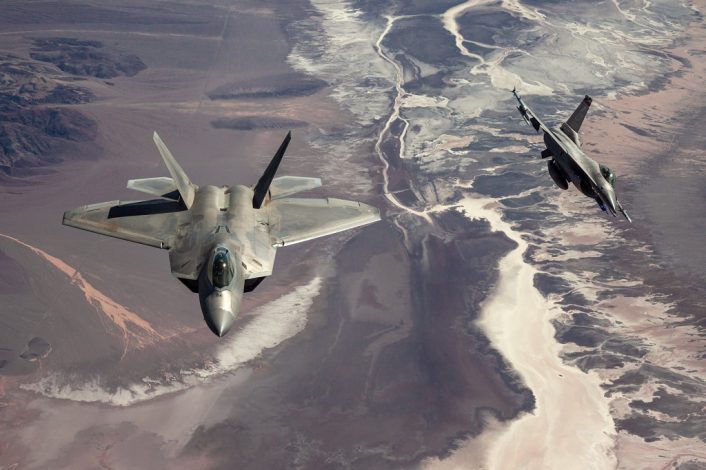
The current Increment 3.2B fielded across the F-22 fleet introduced full AIM-120D and AIM-9X capabilities, a new Enhanced Stores Management System and improved Intra-Flight Datalink and electronic protection.
On a different note, Edwards AFB was assigned a new aircraft last month, the B-2 “Spirit of Pennsylvania” that, after programmed depot maintenance (PDM) at Plant 42 in Palmdale (California) where it was originally built, will serve as a test jet with the 419th Flight Test Squadron and the Global Power Combined Test Force.
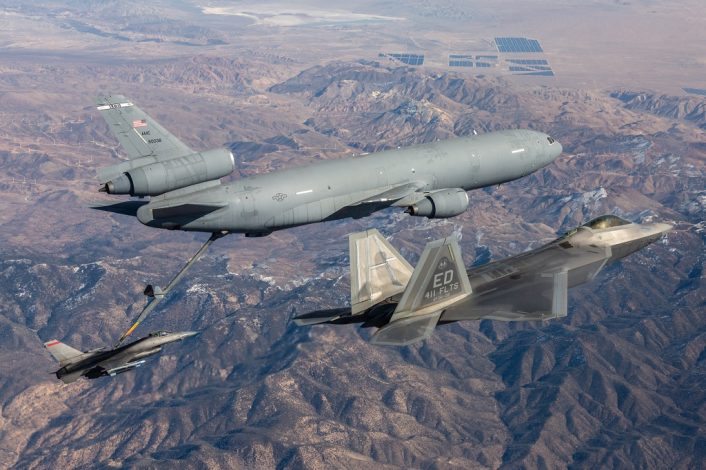
Thanks to Angella Raisian for pointing us to these cool photos!

